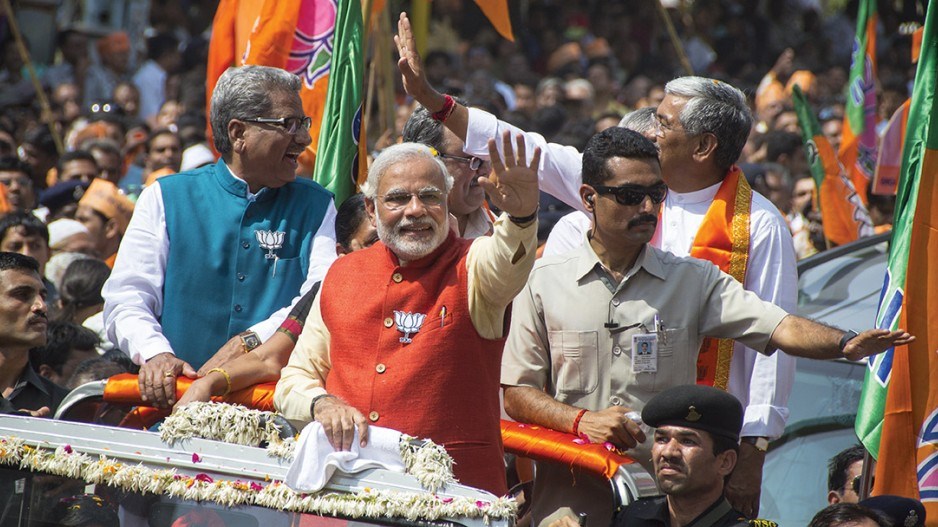Every year brings unforeseeable events that set economic graphs bucking and weaving.
But most countries in Asia are entering 2015 with the winds set fair until, inevitably, Donald Rumsfeld’s “unknown unknowns” churn the waters.
The most threatening clouds of pessimism hang over China, which some economists claim has become the world’s largest economy. After falling short of its predicted growth in gross domestic product in 2014, China is firmly in the grip of what President Xi Jinping has called the “new normal” of lower growth. Most analysts expect the rise in China’s GDP to be no more than 7% this year, the lowest since 1981, as domestic consumption moves to overtake investment as the main driving force of growth.
Beijing is grappling with a dangerously overheated and unsustainable property market, threatening levels of debt, a shrinking and increasingly expensive work force and low levels of productivity. A major question for China this year will be whether the ruling Communist Party of China, which has little legitimacy in power beyond overseeing economic growth, has the confidence not to intervene as the economy reshapes itself.
Last month, Japanese Prime Minister Shinzo Abe won a snap election, which gives him an enhanced mandate to pursue his ambitious plans for economic restructuring. However, next on Abe’s agenda are industrial deregulation, reform of the labour market, dismantling protectionism in sectors such as health care and agriculture and providing equal opportunities for women in the workforce. Even with his election win, Abe will face strong resistance to change from special interest groups, many of them supported by members of his Liberal Democratic Party caucus.
Optimism in Asia about the economic prospects for 2015 is highest in India. The still-fresh government of Prime Minister Narendra Modi came to office with plans to kick-start India’s stagnant economy. There is widespread belief that Modi is on the right track, if he follows the same course of deregulation and sweeping away of red tape that made him so successful as chief minister of Gujarat state. The predictions are that India will have GDP growth of about 6% this year, while keeping inflation down to satisfactory low levels.
The Modi government is expected to push for the completion of stalled infrastructure projects to facilitate economic expansion. This will also involve taking a scythe to bureaucratic red tape, relaxing some environmental requirements and simplifying land purchase rules. Cuts to subsidies for fuel, fertilizer and food can be expected.
India, like Japan, will be a beneficiary of lower costs for oil imports.
Economic growth slowed across Southeast Asia in the closing months of 2014 as demand shrank for the region’s commodities. That picture is expected to continue through the first six months of the new year, when the revival of the U.S. economy is likely to increase demand for exports from the 10 countries of Southeast Asia. Regional average GDP growth of 5.4% is expected in 2015.
Lower growth rates are expected among the most developed and industrialized economies: Thailand, Malaysia, Singapore, the Philippines, Indonesia and Vietnam. Higher growth rates are likely to be seen in the less developed economies with more catch-up room, such as Myanmar, Cambodia and Laos.
Difficult to predict at this point are the possible effects of the planned Association of Southeast Asian Nations Economic Community, a free trade area including all 10 countries and 600 million people. Even if preparations can be completed in time to create the European Union-like organization this year, the results won’t begin to be felt until 2016. •
Jonathan Manthorpe ([email protected]) has been an international affairs columnist for nearly 40 years.




